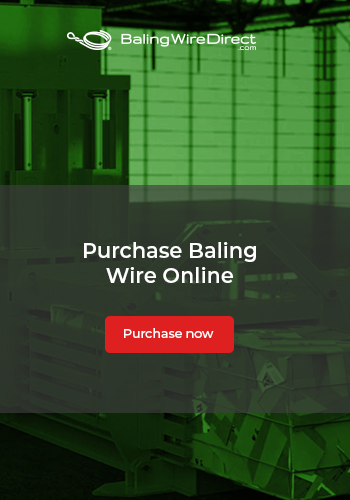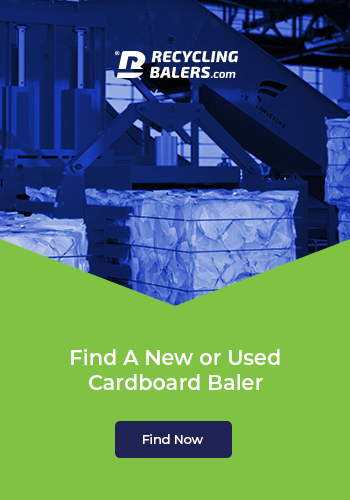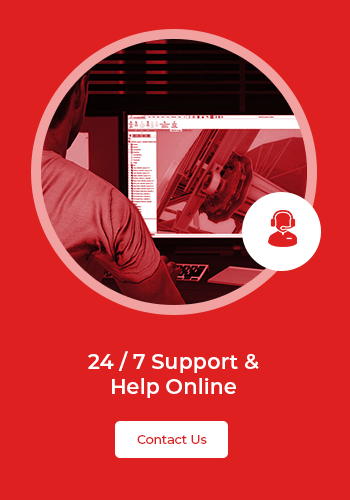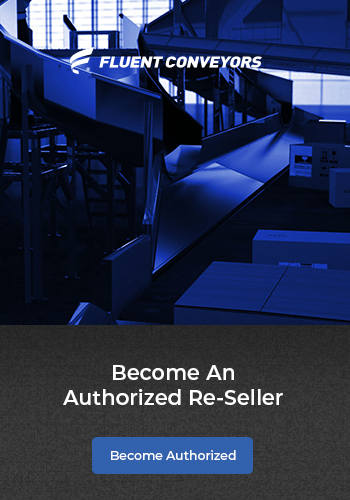Top Tips on Looking After Your Conveyor Belt
Many production facilities, manufacturers, and waste disposal businesses rely on conveyor belts to transport goods and materials along their supply lines. Indeed, thousands of miles of conveyor belts exist across the world, ferrying goods from A to B in a reliable and orderly fashion. Of course, if these belts break or falter, your production efficiency immediately drops – and you’ll be faced with mounting problems in meeting demand or the deadline on order delivery. Read on to learn how to avoid this scenario by looking after your conveyor belt in the right way.
Regular Checks
All of your machinery should be subject to regular checks. On a daily or weekly basis, you should have a foreman or a responsible member of staff take a look at each and every piece of hardware in your facility. They should check especially for issues that they’ll be able to see developing over time. By spotting some wear and tear early, your staff can work to make machines safe and reliable for the future.
Oil
Depending on the type of facility that you run and the age and model of your conveyor belt, it’s often the case that the application of oil – to the moving metal parts – can help to secure the longevity of your conveyor belt. It might sound like a simple fix, but oil is used in thousands of different machines to help grease moving parts. Check with your conveyor manufacturer’s notes before going ahead and oiling your machines.
Maintenance
Regular maintenance is another way to keep your conveyors in the best of health all year round. You’ll do this either with a representative from the conveyor company that you purchased your belts from or with a mechanic that you trust to be able to get your belts in fine working order for the long term. Be aware that some maintenance simply won’t be required on your belts: they’re long-lasting – designed to go the distance. However, it can’t do any harm to have them professionally checked and maintained from time to time.
Avoid Damage
Keeping your staff well trained and your equipment well organized is a great way to protect your conveyor belts from damage. Time and again, you’ll find that conveyor belts are broken – sometimes catastrophically – by short-sighted staff members, whether they nudge into your production line while driving a forklift truck or they scuff your machine to the extent that it ceases to work smoothly. Protect your belt from damage to ensure it works each week of the year.
Emergency Stop
Your conveyor belts are fitted with emergency stop buttons for those moments when something unpredictable happens in your facility. This can take the form of a member of staff caught in a moving part or something slipping and breaking a conveyor belt. The sooner you stop production in these circumstances, the sooner you can ensure the safety of your staff and the integrity of your machines and conveyors. So, make sure your employees know where your emergency stop buttons are at all times when in the facility.
Use these simple tips to help you protect your conveyor belts within your facility.



